The draft planning framework under consideration by ministers this week sets a target of 50% population growth in Ireland's four major cities by 2040, compared with just 15% in rural areas. The Goverment is expected to publish a final version of the document and associated capital investment plans in the coming weeks.
The draft plan is most detailed in its recommendations for cities and signals no appetite to curb the capital's expansion in an effort to redirect growth to rural areas: "Seeking to grow the northern and western and southern regions significantly more than the eastern and midland region would demand some level of constraint on the growth and development of Dublin. This, together with the comparatively much smaller size of regional cities, could result in diminishing the scale of overall national development," the draft reads.
Balance
When then Minister for Housing and Planning Simon Coveney launched the initial consultation on the plan, he insisted on the need for more balanced urban-rural development.
The latest version of the document no longer focuses on such balance, but acknowledges the need to support the countryside's development and protect those rural areas closer to major cities from suburban pressure. There, one-off houses should receive planning "based on the core consideration of demonstrable economic need to live in a rural area," the plan suggests.
It also recommends schemes to renovate or rebuild vacant buildings and sites in rural towns and villages, including through acquisition by State bodies for the provision of housing and other services.
Diversification
The draft planning framework recognises the role of agriculture and food production in the rural economy and the need to deliver the FoodWise 2025 strategy, but also recommends diversification into new sectors such as the bioeconomy and renewable energy. "To avoid competition between various land use options, tailored land management policies may be required to minimise unwarranted competition between land use categories and may prove to be cost effective in dealing with climate change," the document notes.
This is particularly relevant for afforestation, which the document states should occupy more "lower-quality land" in the future.
Poor connectivity is to be addressed through the National Broadband Plan, which suffered a setback last week when Eir pulled out of the tender to deliver high-speed broadband to all rural premises.
The draft plan supports more greenways and blueways to attract tourists to the countryside, highlighting the need for buy-in from local communities and landowners in their development.
'Lacking ambition'
The IFA's submission to the consultation on the draft planning framework described it as "Dublin-centric and lacking ambition for rural Ireland".
The association called for more direct support for businesses based in rural towns and villages, such as tax breaks, and the delivery of high-speed broadband to all homes, schools and businesses at a universal price.
IFA environment chair Thomas Cooney noted the lack of detail on the involvement of rural communities in renewable energy development and warned against promising free access to all parts of the countryside in an effort to develop tourism.
Read more
Download the draft national planning framework
The draft planning framework under consideration by ministers this week sets a target of 50% population growth in Ireland's four major cities by 2040, compared with just 15% in rural areas. The Goverment is expected to publish a final version of the document and associated capital investment plans in the coming weeks.
The draft plan is most detailed in its recommendations for cities and signals no appetite to curb the capital's expansion in an effort to redirect growth to rural areas: "Seeking to grow the northern and western and southern regions significantly more than the eastern and midland region would demand some level of constraint on the growth and development of Dublin. This, together with the comparatively much smaller size of regional cities, could result in diminishing the scale of overall national development," the draft reads.
Balance
When then Minister for Housing and Planning Simon Coveney launched the initial consultation on the plan, he insisted on the need for more balanced urban-rural development.
The latest version of the document no longer focuses on such balance, but acknowledges the need to support the countryside's development and protect those rural areas closer to major cities from suburban pressure. There, one-off houses should receive planning "based on the core consideration of demonstrable economic need to live in a rural area," the plan suggests.
It also recommends schemes to renovate or rebuild vacant buildings and sites in rural towns and villages, including through acquisition by State bodies for the provision of housing and other services.
Diversification
The draft planning framework recognises the role of agriculture and food production in the rural economy and the need to deliver the FoodWise 2025 strategy, but also recommends diversification into new sectors such as the bioeconomy and renewable energy. "To avoid competition between various land use options, tailored land management policies may be required to minimise unwarranted competition between land use categories and may prove to be cost effective in dealing with climate change," the document notes.
This is particularly relevant for afforestation, which the document states should occupy more "lower-quality land" in the future.
Poor connectivity is to be addressed through the National Broadband Plan, which suffered a setback last week when Eir pulled out of the tender to deliver high-speed broadband to all rural premises.
The draft plan supports more greenways and blueways to attract tourists to the countryside, highlighting the need for buy-in from local communities and landowners in their development.
'Lacking ambition'
The IFA's submission to the consultation on the draft planning framework described it as "Dublin-centric and lacking ambition for rural Ireland".
The association called for more direct support for businesses based in rural towns and villages, such as tax breaks, and the delivery of high-speed broadband to all homes, schools and businesses at a universal price.
IFA environment chair Thomas Cooney noted the lack of detail on the involvement of rural communities in renewable energy development and warned against promising free access to all parts of the countryside in an effort to develop tourism.
Read more
Download the draft national planning framework




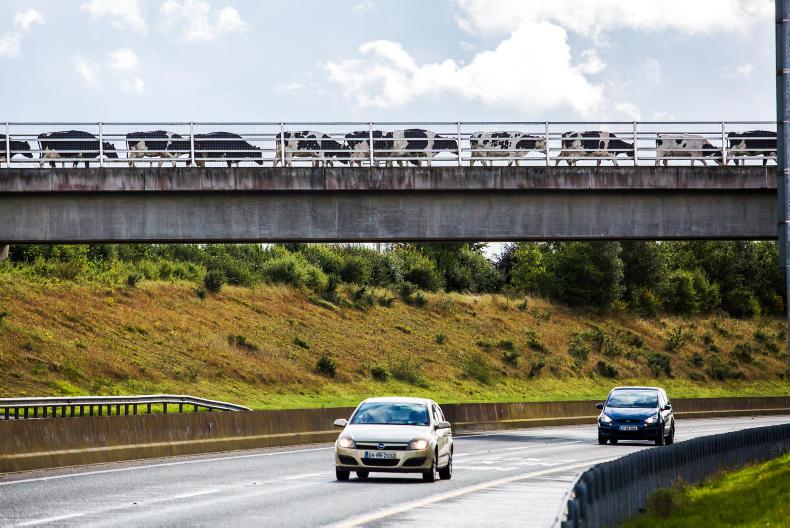
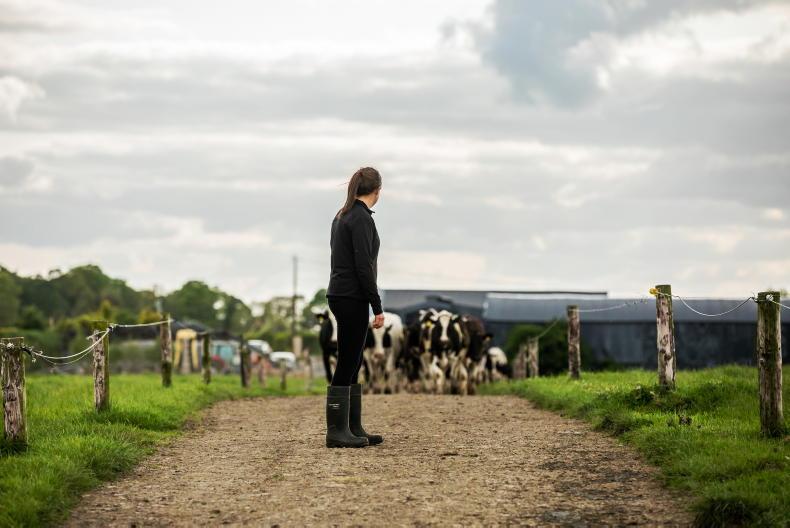
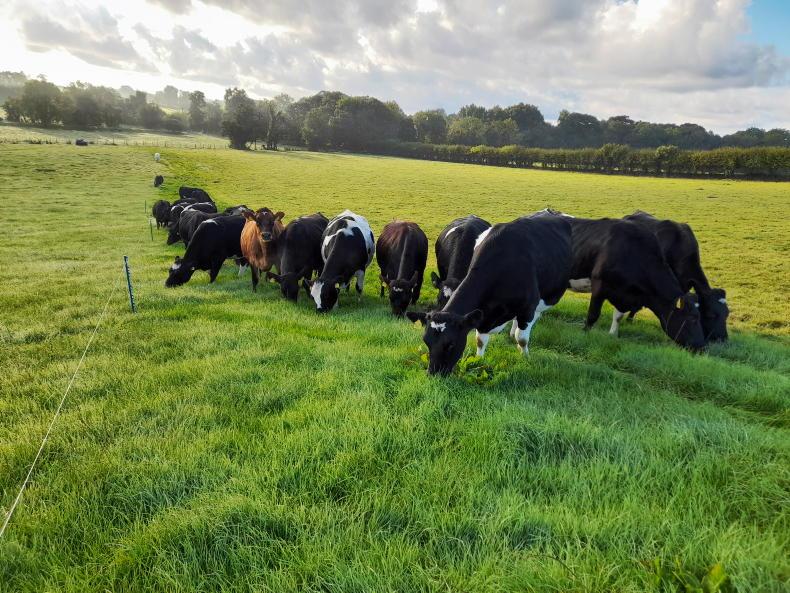
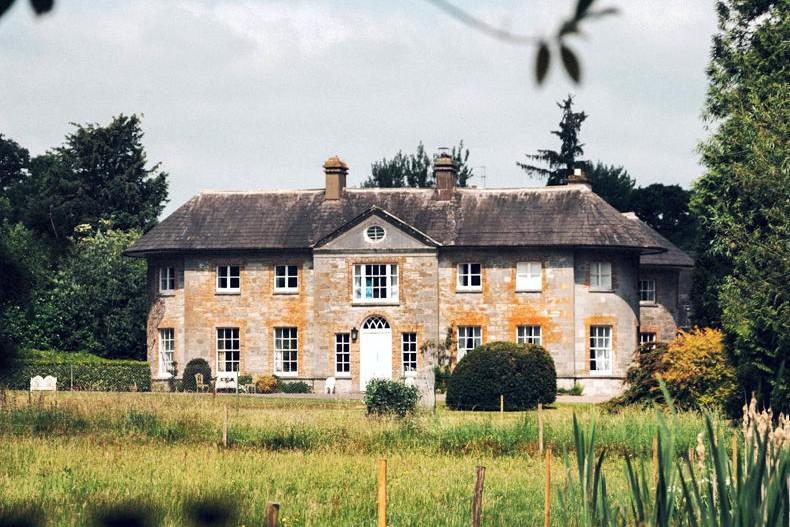
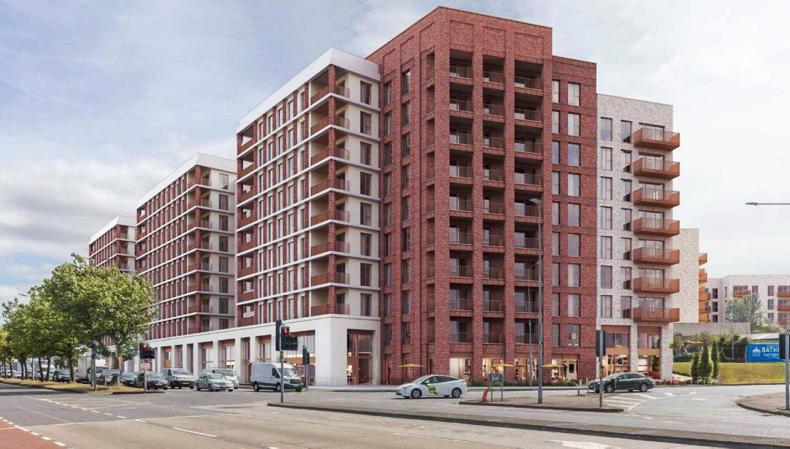
SHARING OPTIONS